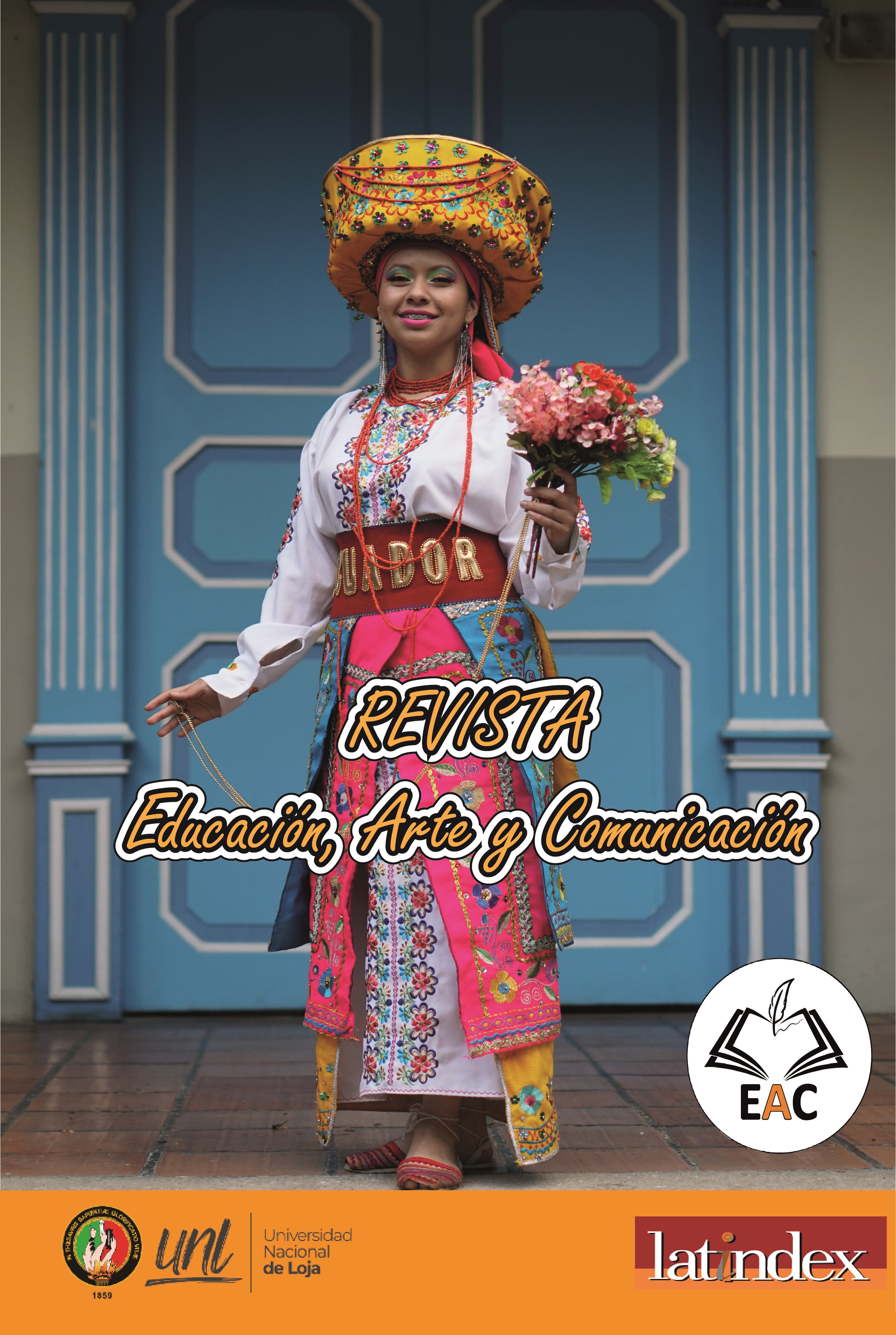Sor Juana Inés de la Cruz: cuna del feminismo
Keywords:
Juana Inés de la Cruz, seventeenth century, feminist, Hombres necios que acusáis, Respuesta a Sor Filotea de la Cruz.Abstract
Juana Inés de Asbaje y Ramírez is the given name of Sor Juana Inés de la Cruz. She was born in New Spain, in the town of San Miguel de Nepantla in 1651? Given the relevance of her work, in July 1945, the Congress of the State of Mexico officially changed the name of this municipality. Since then it has been known as Nepantla de Sor Juana Inés de la Cruz. She died in 1695 from one of the many plagues that eventually struck the West Indies, believed to be typhus. This baroque writer is considered the most outstanding figure of Hispanic American literature of the 17th century. She is the eleventh muse, as Plato named Sappho of Lesbos as the tenth. From a very young age she found her spirit in letters and to preserve her enjoyment she chose the convent, she fled from marriage, which was her only and other destiny, as she states in the prose text selected here: "for the total refusal I had to marriage, it was the least disproportionate and the most decent thing I could choose in the matter of the security I desired of my salvation; to whose first respect (as to the most important end) all the impertinences of my genius yielded and subjected the cervix, which were to want to live alone; of not wanting to have obligatory occupation that would embarrass the freedom of my study, nor community rumor that would impede the calm silence of my books. Two texts have been chosen for this journal in which her progressive outlook, the human right of women to raise their voices and to be heard as such, is manifested: her famous "Redondilla Hombres necios que acusáis" and her reply to the letter written by the bishop of Puebla, Fernández de Santa Cruz, entitled "Carta de Sor Filotea" (Letter of Sister Filotea).References
Campoamor, C. (2021). Sor Juana Inés de la Cruz. Renacimiento.
López Poza, S. (2018). La erudición de Sor Juana Inés de la Cruz en su “Neptuno alegórico”. La Perinola, 7, 241-270. https://doi.org/10.15581/017.7.28079
Paz, O. (2001). Sor Juana Inés de la Cruz o las trampas de la fe. En Obras completas Edición del autor. https://n9.cl/yqpot
Xirau, R. (1997). Genio y figura de sor Juana Inés de la Cruz. Universidad Nacional Autónoma de México / Colegio de México.
Downloads
Published
How to Cite
Issue
Section
License
EAC declara una política de autoarchivo que les permite a los autores colaboradores publicar y difundir sus artículos en otros medios electrónicos (webs personales, repositorios institucionales, blogs, etc.) bajo los requisitos de la licencia CC BY-NC-SA 4.0 Como condición exige que suministren la información bibliográfica pertinente que acredite su primera publicación, lo que se autoriza solo después de que la EAC haya publicado la investigación.
El autor conserva los derechos de su obra publicada. La revista EAC le solicita únicamente que se le cite como fuente original (revista, editorial, DOI y URL de la obra), que no use la obra con fines comerciales u onerosos, pero sí que se mencione explícitamente la existencia y especificaciones de licencia antes mencionada.
EAC no cobra honorarios por procesamiento ni publicación de artículos. Todas nuestras gestiones son totalmente gratuitas.







